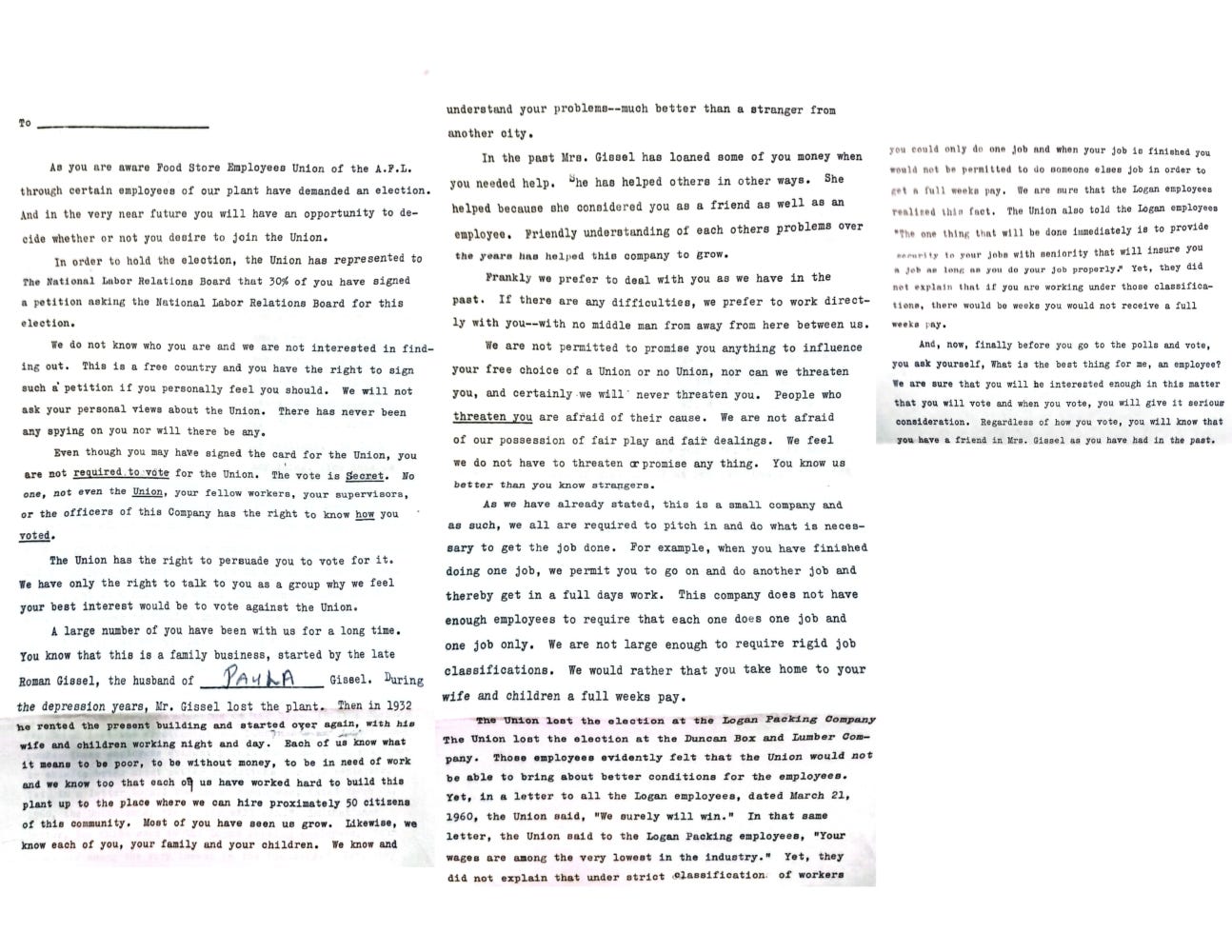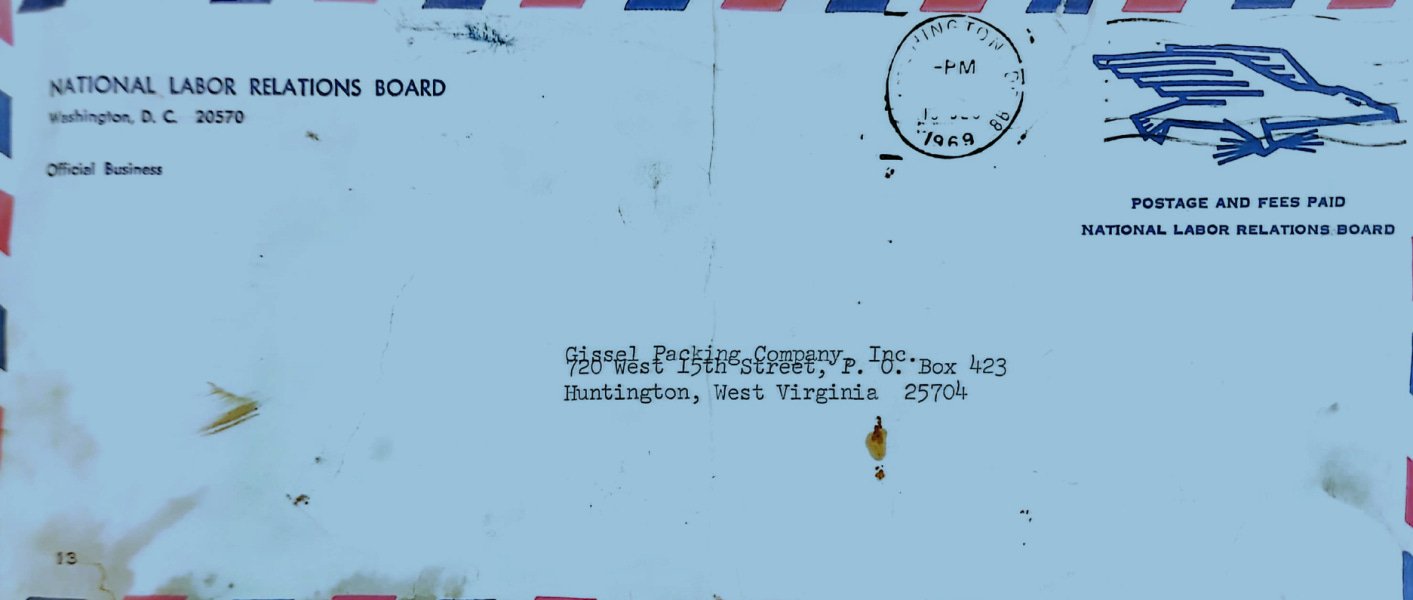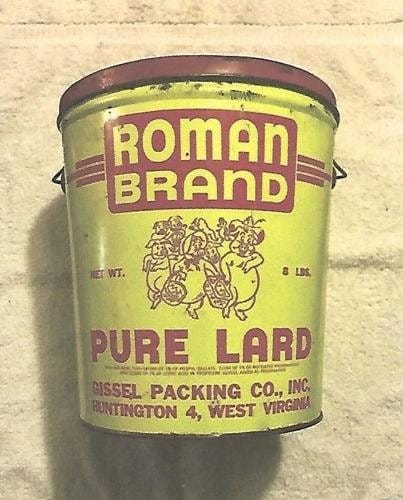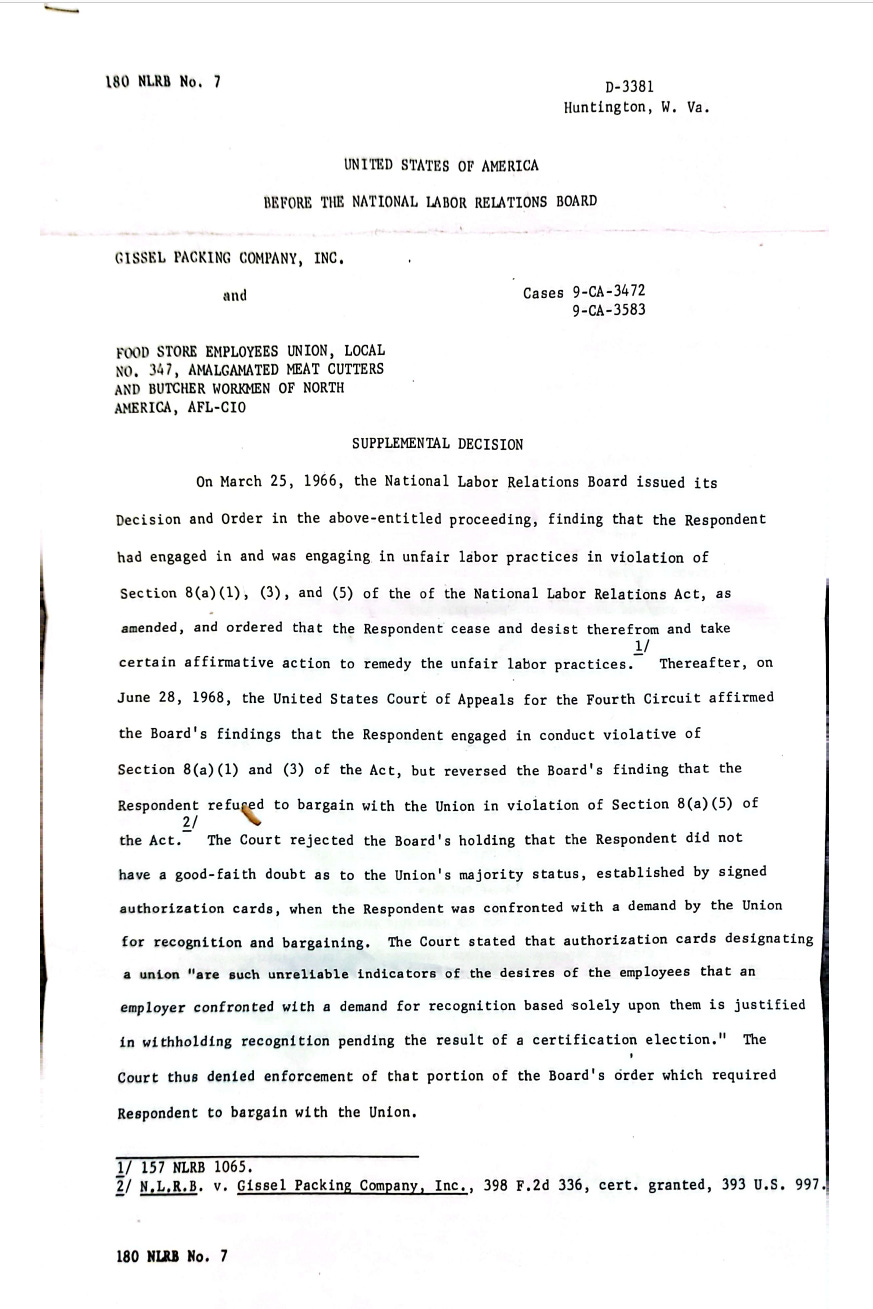The Complex Legacy of Unions
This week has been a tumultuous time for organized labor. Especially the UAW. Some voting this week to bargain, like Volkswagon in Chattanooga, whom, I have worked closely with them on their closed-loop transportation for employees there, then those voting against, for instance, the Mercedes-Benz USA Plants in Alabama.
I'm in a "complicated relationship" with bargaining labor. I've seen it serve for the good of its members, and I've seen it be self-serving at the expense of its members.
My great grandparents, Roman Gissel, and Paula Dittrich, were immigrants from Eastern Europe who arrived in the United States with nothing. Married at the immigration dock in Philadelphia, they built the Gissel Packing Company from the ground up. This company grew and flourished, becoming a significant player in its industry both in meat packing and in reefer transportation. As it expanded, the family could no longer manage it alone and had to bring in outside help. This led to the infiltration of unions and a forced union vote, culminating in the landmark Supreme Court case NLRB v. Gissel Packing Co., Inc. (395 U.S. 575, 1969). All documents here are from my family records and are the originals.

The NRLB vs. Gissel case was the landmark case that allowed unions to take hold in America. The Supreme Court ordered the company to bargain with the union, which ultimately led to its dissolution. My family wouldn't tolerate it, and like Hostess Brands several years ago, 18,000 jobs were lost when they decided to close and lay everyone off after they were forced to bargain. Hundreds of Gissel employees lost their jobs as the company chose to close rather than comply with the union's demands and the court's order. This case remains critical in discussions about union influence and employer rights.
Unions in Today's Workforce
The relevance of unions is a hotly debated topic. Recent events highlight the mixed results of union votes in various industries. For instance, two Mercedes-Benz plants in the South recently voted against joining the United Auto Workers Union. This is significant given the UAW's historical strength in the automotive sector. The workers at these plants expressed concerns about losing their current benefits and workplace flexibility, which they felt were adequately provided by their employer without union intervention.
Conversely, Disneyland performers successfully voted to unionize. This decision reflects a growing trend in the entertainment industry, where workers seek better wages, job security, and working conditions through union representation. The successful unionization at Disneyland performers shows the differing priorities and challenges of employees and businesses in different industries and locations.
Similarly, workers at the Volkswagen plant in Chattanooga also voted to unionize under the UAW. This vote is particularly important because not only did it succeed with 70%+ vote, it follows years of unionization efforts at the plant, which had previously been met with resistance. The successful vote shows the persistence of workers to secure bargaining power.
These diverse outcomes outline the complexities of unionization in today's economy. A UAW representative recently expressed that many of his organization's members might not vote for President Biden, citing economic hardships under the current administration. This describes the complex relationship between unions, politics, and the economy, where workers often prioritize their immediate economic concerns over broader political affiliations.
Personal Experience with Unions
Having been part of the Brick Mason's Union as an emancipated teen and the food workers union at Colonial Williamsburg after culinary school, I understand the benefits and drawbacks of union membership. Unions often support and represent workers, ensuring fair wages and working conditions. However, they can also saddle businesses with significant cost, affecting their bottom line and operational flexibility.
Unions in the Transportation Industry
In the transportation industry, unions can have serious impact. UPS drivers, in some cases, now make $177,000 a year under their new agreement. On the other hand, owner-operators cannot unionize and bargain collectively, larger companies often deal with unions like the Teamsters. These unions have historically fought for better wages, benefits, and working conditions for their members. The relationship between unions and transport companies is complex, and it often leads to contentious negotiations and strikes that cost everyone in the country. Rail and Longshoreman negotiations and strikes are no different and affect everyone.
The impact of union bargaining on transportation is significant. It can lead to higher operational costs and disruptions, but it can also drive improvements in safety and labor standards. The balance of these factors is delicate, and the outcomes are not always predictable.
The Teamsters' influence on motor carriers has led to higher wages and better benefits for truck drivers. Yet it has also resulted in higher operational costs, often passed on to consumers. The trucking industry's reliance on non-unionized owner-operators, who typically have lower costs, further complicates the landscape.
The Current State of Union and Bargaining Labor
The state of union and bargaining labor in the United States is evolving rapidly. Several factors contribute to this, including the economy, political influence, and changing workforce demographics. This is especially true in the South. Southern workers typically make less money than, say, those in San Francisco; so, many factories are built there for the purpose of US-based but cheaper labor costs.
Economy
The current economy, destroyed by inflation, poor policies, and supply chain disruptions, has raised labor concerns about job security and wages. Unions are leveraging those concerns to gain support for organizing. Workers are increasingly aware of the impact of economic policies on their livelihoods, which has led to more active participation in union votes.
Politics
Politics play a significant role in the state of union and bargaining labor. The Biden administration has expressed strong support for unions, advocating for policies that facilitate unionization and collective bargaining. This includes efforts to pass the Protecting the Right to Organize (PRO) Act, which aims to strengthen workers' rights to organize and negotiate collectively.
Workforce Demographics
The changing demographics of the workforce also influence union dynamics. Younger workers, who comprise a significant portion of the labor force, often prioritize job security, fair wages, and workplace equity. This generation's values align closely with the goals of many unions, leading to increased interest in union membership. I have often said that the work ethic between past and current generations is vastly different. We would often find Longshoreman asleep in their booths at the Port of Virginia with lines wrapped for miles. Trucks couldn't be serviced because labor was asleep. Photos are online. That led to the argument from truck drivers that modern-day laborers were joining the union to essentially be protected from not having to work at all. I have long believed that protecting the older workers was worth it. They would work hard, long hours, in unsafe conditions, while today, union membership is not stressed in the slightest to exceed the expectations of anyone. Why should they? Without a strong work ethic and conviction that mandates they provide a service or labor for the money they earn, they lack the moral or ethical reasoning, or performance expectations to provide anything more than the minimal necessary to remain employed.
Technology and Remote Work
The rise of tech and remote work presents new issues and opportunities for unions. While remote work can complicate traditional organizing efforts, it also opens up new digital organizing and communication avenues. Unions adapt to these changes by developing strategies to engage and represent remote and gig economy workers.
Are Unions Necessary?
Do I believe unions have a place in today's workforce? Certainly. In some businesses, models, and industries, unions protect workers' rights and ensure fair treatment. However, I do not believe that every employee in every business needs union representation. Work ethic and company culture play significant roles in determining whether a union is beneficial or detrimental.
Some businesses take excellent care of their employees, offering competitive wages, benefits, and a positive work environment without union intervention. In these cases, a union might not add value or even introduce unnecessary complications.
The legacy of the Gissel Packing Company and my family's experience with unions provide a backdrop to the current discussion and debate about labor unions. I see the nuanced impacts of unions on businesses and workers alike.
The debate over unions is far from settled. It involves balancing workers' rights with business viability, considering the economy and political landscape, and recognizing the needs of different industries. Considering where labor goes from here should be viewed with historical context and modern realities.
The recent votes at Mercedes-Benz plants, Disneyland, and Volkswagen in Chattanooga show the varied outcomes and motivations behind unionization efforts. These cases, along with my family's historical example with the Gissel Packing Company, display unions' ongoing relevance and complexity in the modern workforce.
Unions can be huge for positive change, but they also come with huge challenges and costs. Each situation has to be reviewed individually, considering unique needs and circumstances of both the worker and the business. That's how we find a balance that supports both worker rights and business success in today's economy and industrial evolution cycle.




